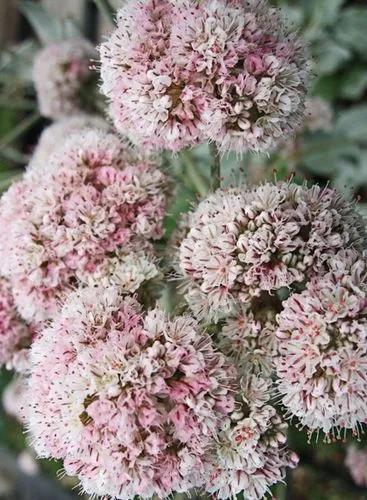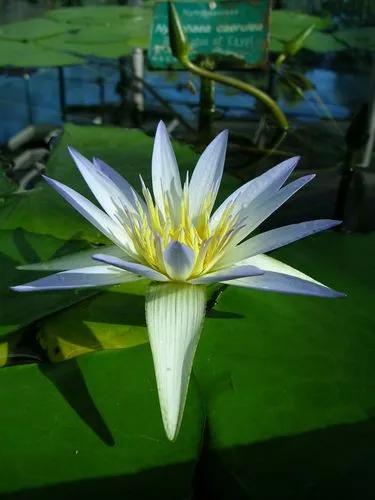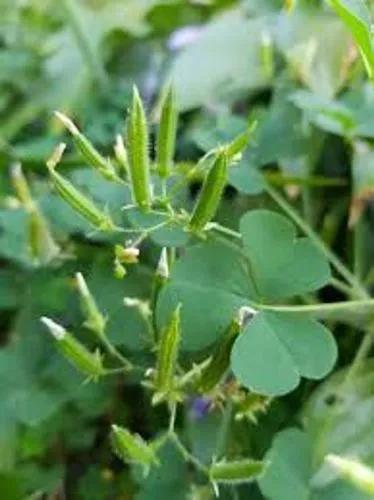The rosettes average 20–50 cm tall and 30–80 cm in diameter, with leaves 15–40 cm long and 2–3 cm wide, being widest around the midpoint. The rosettes sit directly on the ground, with little or no trunk. The leaves have a yellow to brown terminal spine, and are generally flat, possibly with some waviness or rolling along the edges. The inflorescence is a panicle, 1–2.5 m tall, with up to 100 bell-shaped flowers, each 5–7 cm long, with color ranging from light green to cream. Yucca pallida is known to hybridize with Yucca rupicola Scheele, which has a similar appearance, but whose leaves are more twisted and curved. Although not common in horticulture, its color, size, and moderate hardiness (down to −18 °C or 0 °F) make it a good gardening alternative to other species of yuccas.
Pale-leaf Yucca Care
Yucca Pallida
Other names: Pale Yucca, Pale-leaf Yucca



When the garden yucca blooms, its hundreds of white, cream-green, yellow bells look really amazing. The flowers form a raceme from 0.5 to 2.5 m in length, which can stand upright or down. In the homeland, the plant is not only an element of decor, but also an industrial culture. Sugar is extracted from the juice of flowers.
How to Care for the Plant

Water

The Yucca plant, when kept as a houseplant, needs to be watered moderately during its growth period in spring and summer and sparingly during its resting period in fall and winter. As a general guide, an established Yucca plant will probably only need to be watered around once a week during growth, cutting back to once every two or three weeks for the remainder of the year. This will vary depending on numerous factors, such as how big your plant is, how much light it gets, and what temperature your plant is living in. Because of this, you need to pay attention to your specific plant, taking note of its condition to let you know how often it likes to be watered.

Pruning

The Yucca plant grows very slowly and should rarely, if ever, need pruning. Although they grow at a minimal speed, they do grow to be very big, both in height and in spread, so you need to be prepared for this when growing a Yucca indoors. If you want to prevent your plant from becoming too big, then you can reduce the frequency that you repot it, leaving three or four years between each repotting.

Fertilizer

Your Yucca houseplant will benefit from a monthly fertilizer feeding during spring and summer, though this should be stopped completely for the remainder of the year. Use a liquid fertilizer at half of the recommended strength. Outdoor Yucca plants can be fed once a year during growing season. Typically, any fertilizer formulated for outside use will be just fine, though a slow release fertilizer would be preferential.

Sunlight

The Yucca plant adores sunshine and will thrive in bright, direct light. It is quite unusual for a houseplant to tolerate direct light so well, making it the ideal plant to put in a sunny window where most plants would scorch. The Yucca will also fare well in bright but indirect light and artificial light. Being a particularly easygoing plant, the Yucca can tolerate low light conditions, but its growth will slow down significantly, and its flower production may cease altogether.

Temperature

The Yucca plant is native to very hot regions of South America and the Caribbean, so it does well in high temperatures. It also tolerates low temperatures very well as it is adapted to desert conditions, which can drop to lows of 30° F overnight. The Yuccas ability to handle such a wide range of temperatures, from 30° F to 90° F, making it the ideal houseplant or garden plant for almost any part of the world. It’s very unusual for tropical plants to handle temperature changes with such ease, so you can make the most of this by placing your Yucca in an area that most plants would not be able to tolerate, such as an entryway where drafts are commonplace. The only caveat to this is that once a Yucca has acclimated itself to indoor conditions, it won’t tolerate being taken outside in cold temperatures.

Container

As a slow-growing plant, the Yucca usually only needs to be repotted every two years. It responds well to a tight-fitting pot but shouldn’t be left root-bound for too long; otherwise. its growth will be stunted. Repotting your Yucca is most beneficial for the plant’s physical support. As it grows, the plant will become top-heavy, so a larger pot is needed to give the plant some stability and prevent it from falling over. Select a pot one size bigger than the Yucca’s current pot, and, ideally, move it into the new pot in the spring.

Additional

Toxic to people and pets

Popularity

134 people already have this plant 15 people have added this plant to their wishlists
Discover more plants with the list below
Popular articles






